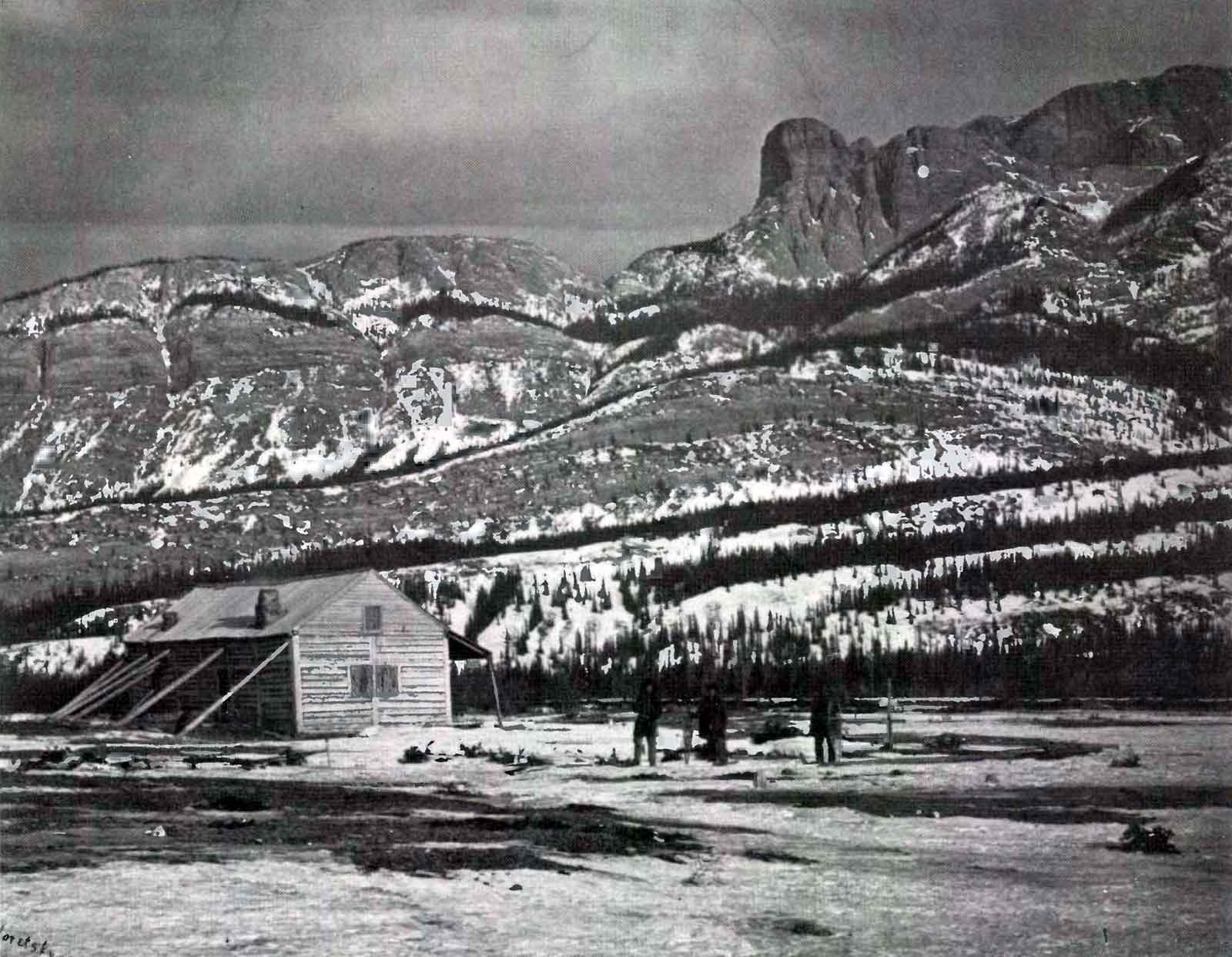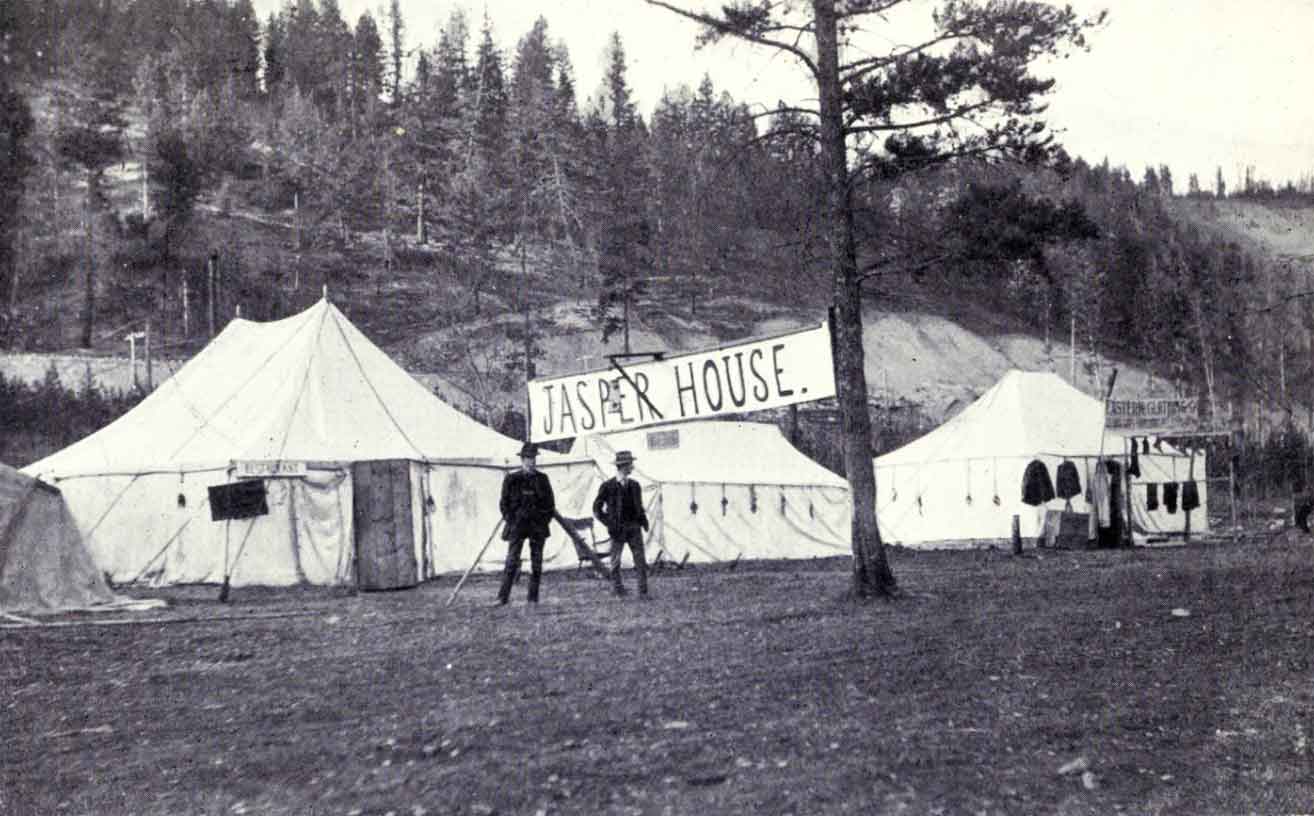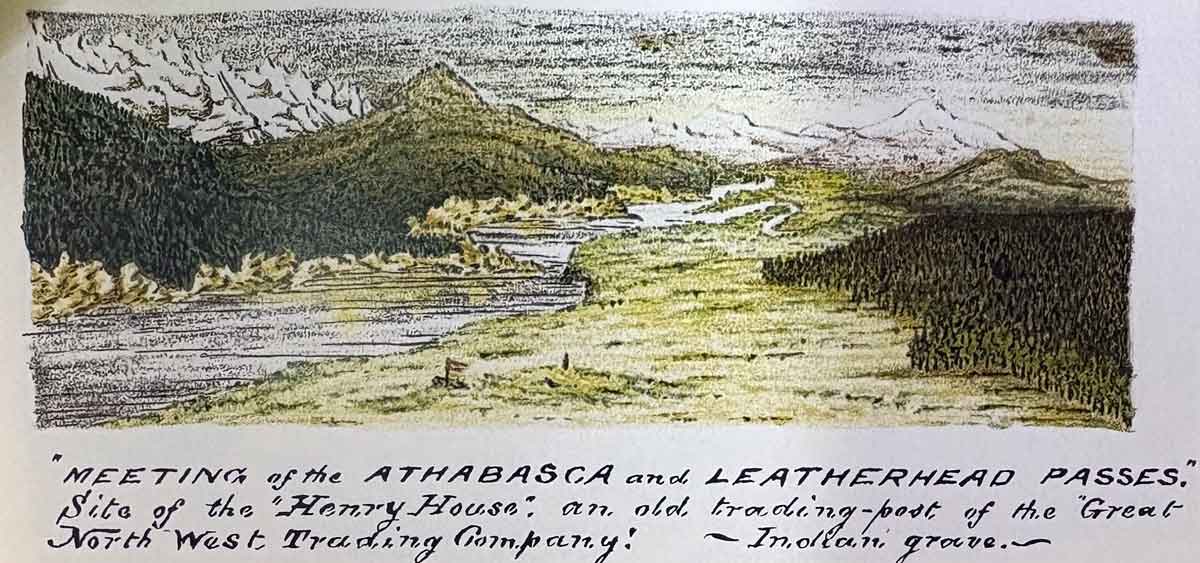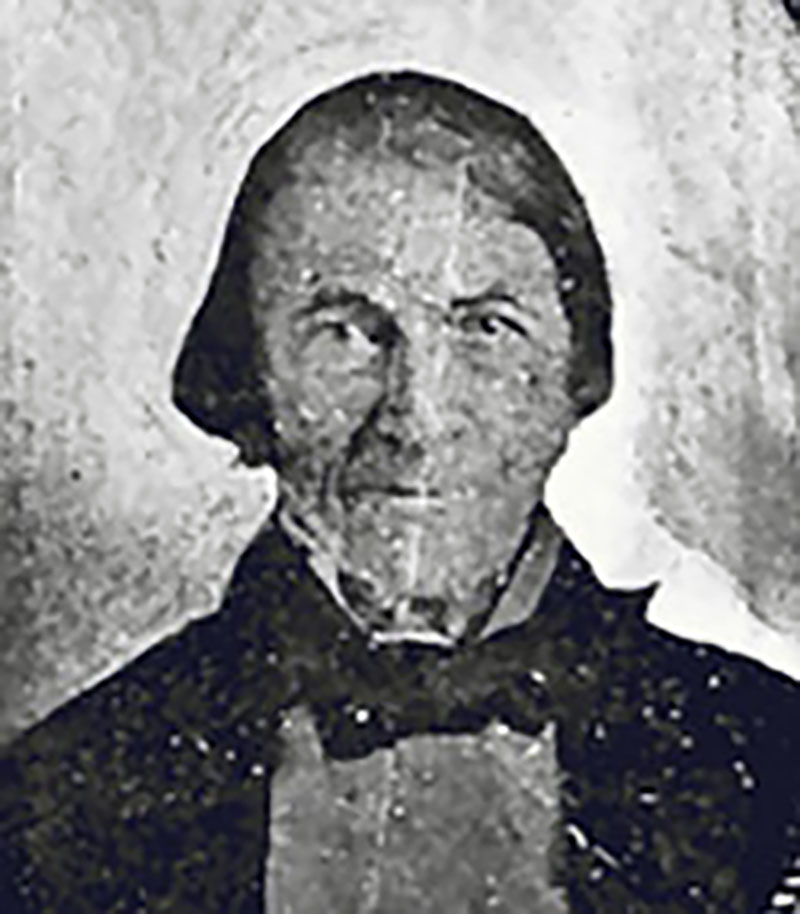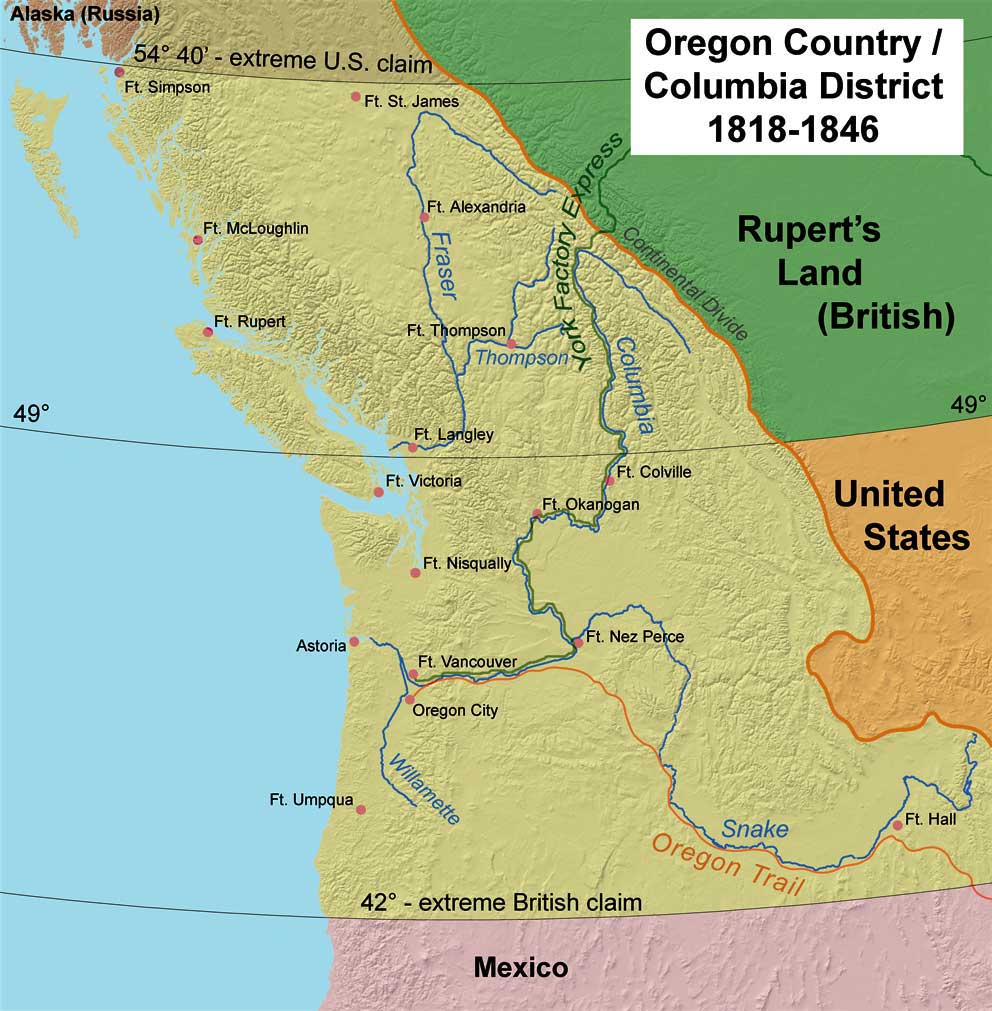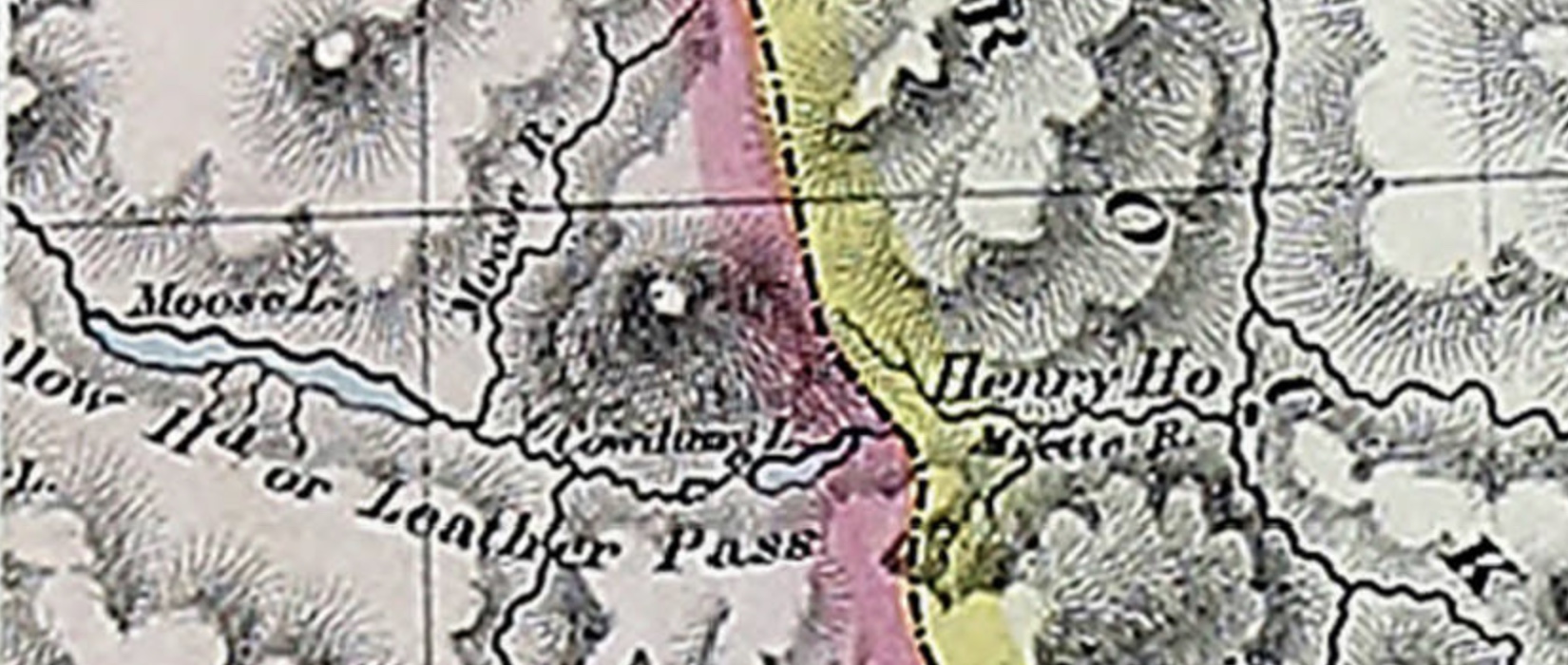George Simpson [1792–1860]
b. 1792 — Loch Broom, Ross-Shire, Scotland
d. 1860
From Merk’s introduction to Fur Trade and Empire:
George Simpson who stood at the head of this great field organization [Hudson’s Bay Company was in 1821 a man with a future rather than a past. He was the illegitimate son of George Simpson, born at Loch Broom in Ross-shire, Scotland, in 1792. Of his early life little is known except that he was given a fair education, was brought to London in 1809, and as a clerk entered the employ of a firm engaged in the West India trade. His native heath in the early nineteenth century was a nursery ground for North American fur-trade leaders, but his own entrance into the industry was the result of his having attracted the favorable notice of Andrew Colvile, an influential member and later governor of the Hudson’s Bay Company. In the spring of 1820 he was sent by the Hudson’s Bay Company to the Athabasca Country to acquire experience in the Indian trade, and there he spent the winter of 1820-21. At that time the war with the North West Company was in the litigation stage, and Governor Williams was under indictment in the courts of Lower Canada. In order to be prepared for the contingency of his removal to Quebec, the Hudson’s Bay Company, in November, 1820, appointed Simpson governor locum tenens. At the coalition, at the age of twenty-nine, he was promoted to joint governorship, with Williams, of the Company Territories, with special charge of the Northern Department of Rupert’s Land including the Department of the Columbia. By 1826 he was governor-in-chief of all the Hudson’s Bay Company Territories in America.
To be governor of the Northern Department of Rupert’s Land in 1821 was to be brought face to face with harassing problems of post-war reconstruction. Rupert’s Land was strewn with the wreckage of battle. There was material wreckage in the form of exhaustion of fur preserves, the duplication of trading posts and the multiplication of equipment and men. More difficult to cope with was the psychological wreckage, mutual bitterness and hate of subordinates of the old companies now brought together in the coalition, habits of drunkenness which competition had fostered among the Indians, relaxed habits of discipline among servants, and the propensity to waste and extravagance formed by the whole fur-trading community. These were the rehabilitation problems of the new governor and they were a test of his quality.
He came to his task with an intellectual equipment that promised much for his success. He had, to be sure, only scant experience in Rupert’s Land, but that was an element of strength rather than of weakness in 1821 since it had as its corollary freedom from the rancors of the war. Indeed, it was one of the chief reasons for appointing him rather than his senior colleague to the great Northern Department. He combined with a sure judgment an exterior of affability that enabled him to heal old wounds and to reconcile men to a new order. As an administrator his talents were exceptional. He had the imaginative vision of a Clive; he drew his plans on a scale that was continental. With vision he combined a grasp of detail that was extraordinary. There was no element of the fur trade from the Athabasca Country to the Sandwich Islands, from Hudson Bay to the steppes of Siberia, that he did not acquaint himself with by personal visit. He was a dynamo of energy, tireless at his work, whether at his desk or on the march. His journeys were famous for their speed; on the present voyage, though he took a route that was unfavorable in passing from Hudson Bay to the Columbia and lost many days by halts for business, he cut the record for the distance from 104 days to 84. On his return, to save time in an emergency, he made a perilous and exhausting overland march from Carlton to the Red River Settlement. His party, when it met relief within a half-day’s march of the Settlement, was half famished and utterly spent, but not the Governor. Without pausing for food or rest he threw himself upon a horse brought by the relief party and galloped off to his duties at Fort Garry. He put the spurs as remorselessly to his subordinates, high and low, as to himself. There is an unsubstantiated legend, which used to circulate in the Red River Colony, that on one occasion his goading drove one of his favorite voyageurs to the point of seizing him by the collar, lifting him into the water, and holding him there until he promised to relent his pace.
With drive he combined a penchant for orderliness, a product of his counting-house experience and a source of frequent discomfiture to unsystematic clerks and post officials whose accounts he examined on his unannounced tours of inspection through the country. He was the never wearying apostle of economy. To be wasteful or to indulge in what he called “luxuries,” which were ordinary European supplies, were offences that grated like a rasp on his Scotch soul. “One would think,” is his indignant reply to a requisition sent in by a post officer for mustard, “from the quantity you order, that it is intended to be used in the Indian trade.” From Merk’s introduction to Fur Trade and Empire:
George Simpson who stood at the head of this great field organization [Hudson’s Bay Company was in 1821 a man with a future rather than a past. He was the illegitimate son of George Simpson, born at Loch Broom in Ross-shire, Scotland, in 1792. Of his early life little is known except that he was given a fair education, was brought to London in 1809, and as a clerk entered the employ of a firm engaged in the West India trade. His native heath in the early nineteenth century was a nursery ground for North American fur-trade leaders, but his own entrance into the industry was the result of his having attracted the favorable notice of Andrew Colvile, an influential member and later governor of the Hudson’s Bay Company. In the spring of 1820 he was sent by the Hudson’s Bay Company to the Athabasca Country to acquire experience in the Indian trade, and there he spent the winter of 1820-21. At that time the war with the North West Company was in the litigation stage, and Governor Williams was under indictment in the courts of Lower Canada. In order to be prepared for the contingency of his removal to Quebec, the Hudson’s Bay Company, in November, 1820, appointed Simpson governor locum tenens. At the coalition, at the age of twenty-nine, he was promoted to joint governorship, with Williams, of the Company Territories, with special charge of the Northern Department of Rupert’s Land including the Department of the Columbia. By 1826 he was governor-in-chief of all the Hudson’s Bay Company Territories in America.
To be governor of the Northern Department of Rupert’s Land in 1821 was to be brought face to face with harassing problems of post-war reconstruction. Rupert’s Land was strewn with the wreckage of battle. There was material wreckage in the form of exhaustion of fur preserves, the duplication of trading posts and the multiplication of equipment and men. More difficult to cope with was the psychological wreckage, mutual bitterness and hate of subordinates of the old companies now brought together in the coalition, habits of drunkenness which competition had fostered among the Indians, relaxed habits of discipline among servants, and the propensity to waste and extravagance formed by the whole fur-trading community. These were the rehabilitation problems of the new governor and they were a test of his quality.
He came to his task with an intellectual equipment that promised much for his success. He had, to be sure, only scant experience in Rupert’s Land, but that was an element of strength rather than of weakness in 1821 since it had as its corollary freedom from the rancors of the war. Indeed, it was one of the chief reasons for appointing him rather than his senior colleague to the great Northern Department. He combined with a sure judgment an exterior of affability that enabled him to heal old wounds and to reconcile men to a new order. As an administrator his talents were exceptional. He had the imaginative vision of a Clive; he drew his plans on a scale that was continental. With vision he combined a grasp of detail that was extraordinary. There was no element of the fur trade from the Athabasca Country to the Sandwich Islands, from Hudson Bay to the steppes of Siberia, that he did not acquaint himself with by personal visit. He was a dynamo of energy, tireless at his work, whether at his desk or on the march. His journeys were famous for their speed; on the present voyage, though he took a route that was unfavorable in passing from Hudson Bay to the Columbia and lost many days by halts for business, he cut the record for the distance from 104 days to 84. On his return, to save time in an emergency, he made a perilous and exhausting overland march from Carlton to the Red River Settlement. His party, when it met relief within a half-day’s march of the Settlement, was half famished and utterly spent, but not the Governor. Without pausing for food or rest he threw himself upon a horse brought by the relief party and galloped off to his duties at Fort Garry. He put the spurs as remorselessly to his subordinates, high and low, as to himself. There is an unsubstantiated legend, which used to circulate in the Red River Colony, that on one occasion his goading drove one of his favorite voyageurs to the point of seizing him by the collar, lifting him into the water, and holding him there until he promised to relent his pace.
With drive he combined a penchant for orderliness, a product of his counting-house experience and a source of frequent discomfiture to unsystematic clerks and post officials whose accounts he examined on his unannounced tours of inspection through the country. He was the never wearying apostle of economy. To be wasteful or to indulge in what he called “luxuries,” which were ordinary European supplies, were offences that grated like a rasp on his Scotch soul. “One would think,” is his indignant reply to a requisition sent in by a post officer for mustard, “from the quantity you order, that it is intended to be used in the Indian trade.”
From Merk’s introduction to Fur Trade and Empire:
George Simpson who stood at the head of this great field organization [Hudson’s Bay Company was in 1821 a man with a future rather than a past. He was the illegitimate son of George Simpson, born at Loch Broom in Ross-shire, Scotland, in 1792. Of his early life little is known except that he was given a fair education, was brought to London in 1809, and as a clerk entered the employ of a firm engaged in the West India trade. His native heath in the early nineteenth century was a nursery ground for North American fur-trade leaders, but his own entrance into the industry was the result of his having attracted the favorable notice of Andrew Colvile, an influential member and later governor of the Hudson’s Bay Company. In the spring of 1820 he was sent by the Hudson’s Bay Company to the Athabasca Country to acquire experience in the Indian trade, and there he spent the winter of 1820-21. At that time the war with the North West Company was in the litigation stage, and Governor Williams was under indictment in the courts of Lower Canada. In order to be prepared for the contingency of his removal to Quebec, the Hudson’s Bay Company, in November, 1820, appointed Simpson governor locum tenens. At the coalition, at the age of twenty-nine, he was promoted to joint governorship, with Williams, of the Company Territories, with special charge of the Northern Department of Rupert’s Land including the Department of the Columbia. By 1826 he was governor-in-chief of all the Hudson’s Bay Company Territories in America.
To be governor of the Northern Department of Rupert’s Land in 1821 was to be brought face to face with harassing problems of post-war reconstruction. Rupert’s Land was strewn with the wreckage of battle. There was material wreckage in the form of exhaustion of fur preserves, the duplication of trading posts and the multiplication of equipment and men. More difficult to cope with was the psychological wreckage, mutual bitterness and hate of subordinates of the old companies now brought together in the coalition, habits of drunkenness which competition had fostered among the Indians, relaxed habits of discipline among servants, and the propensity to waste and extravagance formed by the whole fur-trading community. These were the rehabilitation problems of the new governor and they were a test of his quality.
He came to his task with an intellectual equipment that promised much for his success. He had, to be sure, only scant experience in Rupert’s Land, but that was an element of strength rather than of weakness in 1821 since it had as its corollary freedom from the rancors of the war. Indeed, it was one of the chief reasons for appointing him rather than his senior colleague to the great Northern Department. He combined with a sure judgment an exterior of affability that enabled him to heal old wounds and to reconcile men to a new order. As an administrator his talents were exceptional. He had the imaginative vision of a Clive; he drew his plans on a scale that was continental. With vision he combined a grasp of detail that was extraordinary. There was no element of the fur trade from the Athabasca Country to the Sandwich Islands, from Hudson Bay to the steppes of Siberia, that he did not acquaint himself with by personal visit. He was a dynamo of energy, tireless at his work, whether at his desk or on the march. His journeys were famous for their speed; on the present voyage, though he took a route that was unfavorable in passing from Hudson Bay to the Columbia and lost many days by halts for business, he cut the record for the distance from 104 days to 84. On his return, to save time in an emergency, he made a perilous and exhausting overland march from Carlton to the Red River Settlement. His party, when it met relief within a half-day’s march of the Settlement, was half famished and utterly spent, but not the Governor. Without pausing for food or rest he threw himself upon a horse brought by the relief party and galloped off to his duties at Fort Garry. He put the spurs as remorselessly to his subordinates, high and low, as to himself. There is an unsubstantiated legend, which used to circulate in the Red River Colony, that on one occasion his goading drove one of his favorite voyageurs to the point of seizing him by the collar, lifting him into the water, and holding him there until he promised to relent his pace.
With drive he combined a penchant for orderliness, a product of his counting-house experience and a source of frequent discomfiture to unsystematic clerks and post officials whose accounts he examined on his unannounced tours of inspection through the country. He was the never wearying apostle of economy. To be wasteful or to indulge in what he called “luxuries,” which were ordinary European supplies, were offences that grated like a rasp on his Scotch soul. “One would think,” is his indignant reply to a requisition sent in by a post officer for mustard, “from the quantity you order, that it is intended to be used in the Indian trade.” (1)
Sources of biographical information about Simpson:
Events in the Mount Robson region in which Simpson was involved:
- 1824 Simpson recrossing Athabasca Pass
- 1824 Simpson and Ross cross Athabasca Pass from west
- 1826 Simpson orders use of YHP
- 1828 Simpson’s voyage from Hudson’s Bay to Pacific
Works pertinent to the Mount Robson region of which Simpson was author or co-author:
-
- — and Merk, Frederick [1887–1977], editor. Fur trade and empire. George Simpson’s journal entitled Remarks connected with fur trade in consequence of a voyage from York Factory to Fort George and back to York Factory 1824-25. Cambridge, Mass.: Harvard University Press, 1931. University of British Columbia Library
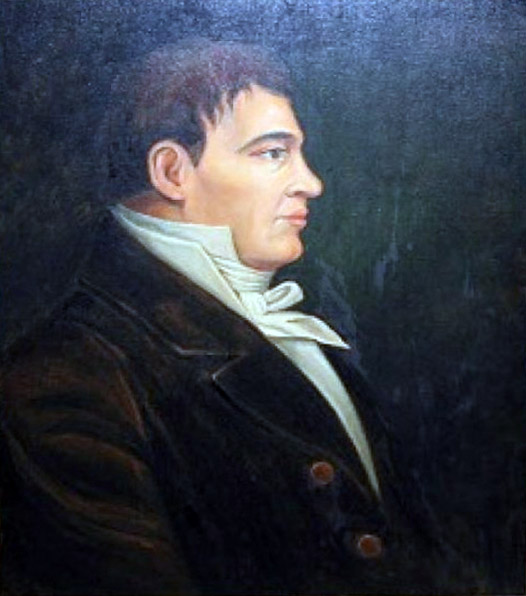
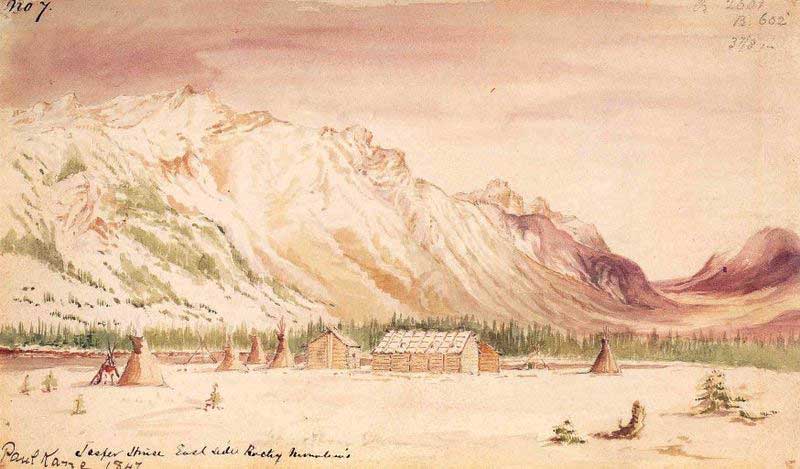
![‘Jasper House.’ Outlying trading huts of the Hudson Bay Company, near foot of the Leatherhead Pass, Rocky’s. Graves of Company’s Servants, murdered by Indian [1872]](/wp-content/uploads/2024/11/rylatt-jasper-house.jpg)
